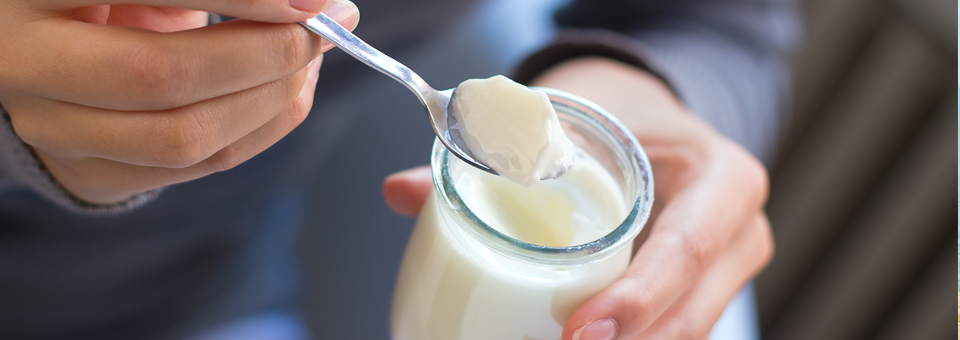
Two thousand years ago, wealthy Roman women used to wait for hours outside the Colosseum as virile gladiators fought each other inside the arena — sometimes in a fight for freedom… and sometimes to the death.

Women in ancient Rome collected the sweat and oil of gladiators and applied it to their skin.
After the battle, the surviving gladiators used a special tool to scrape the sweat, dirt and oil from their skin. This was collected in small vials and sold to the waiting women who took it home and used it as a face cream.
Today, we cringe when we think about putting something so dirty on our faces.
But believe it or not, this ancient ritual may have health benefits, including improving your complexion.
In its natural state, your skin is home to millions of microbes. And if you’re like most Americans, you wash sometimes twice a day to remove these bad bugs.
But this modern obsession with hygiene damages your skin. And removes microbes that protect your skin and promote its health and youthfulness.1
You see, these good microbes form a protective barrier against invading, harmful bacteria. And they balance your skin’s pH levels, boost your immune system — and can even protect against skin cancer.2,3
In a moment, I’ll share the simple way you can get your skin’s microbiome back in balance. But first, I want to tell you how we ended up harming our body’s biggest organ and leaving it vulnerable to disease…
Today, we wage war on germs with chemical cleansers.
But it’s not natural. After all, our ancestors walked barefoot through dirt and mud. Bacteria were everywhere — providing a protective skin barrier called ammonia-oxidizing bacteria (AOB).
By feeding on sweat and converting it into nitric oxide, these bacteria act as a natural cleanser that also protects and repairs skin.4
There is a unique kind of AOB called Bifidobacterium longum. But most of us don’t have any of this beneficial bacterium anymore because today’s manufactured soaps and body cleansers wash it away.
But you can bring this probiotic back. Doing so will form a protective skin barrier that will:
|
• Fight infections |
• Repair DNA damage from the sun |
|
• Block environmental damage |
• Improve hydration |
|
• Boost immunity |
• Reduce wrinkle depth |
|
• Balance pH levels |
• Increase skin elasticity |
Feed Your Skin With Active Probiotics
Homemade yogurt is an incredible source of Bifidobacterium longum. All you need is a freeze-dried yogurt culture (or starter), available at grocery stores. Here’s a delicious easy recipe:
Ingredients:
- 1-2 quarts whole, raw milk
- 1 packet freeze-dried yogurt culture
Directions:
- Heat raw milk to 180° F. Then allow to cool to about 110° F. Add yogurt culture to the milk and stir gently.
- Incubate the mixture at 105° F approximately 8 hours. The easiest way is putting the yogurt in the oven and turning on the light. The heat from the light should elevate the temperature sufficiently.
- Place a tight lid on the container and refrigerate for at least 6 hours.
To Your Good Health,

Al Sears, MD, CNS
1. Prescott SL, et al. “The skin microbiome: Impact of modern environments on skin ecology, barrier integrity, and systemic immune programming.” World Allergy Organ J. 2017;10(1):29.
2. Nakatsuji T, et al. “A commensal strain of Staphylococcus epidermidis protects against skin neoplasia.” Sci Adv. 2018;4(2):eaao4502.
3. Gueniche A, et al. “Lactobacillus paracasei CNCM I-2116 (ST11) inhibits substance P-induced skin inflammation and accelerates skin barrier function recovery in vitro.” Eur J Dermatol. 2010;20(6):731-737.
4. Qin M, et al. “Nitric oxide releasing nanoparticles prevent Propionibacterium acnes induced inflammation by both clearing the organism and inhibiting microbial stimulation of the innate immune response.” J Invest Dermatol. 2015;135(11):2723-2731.








